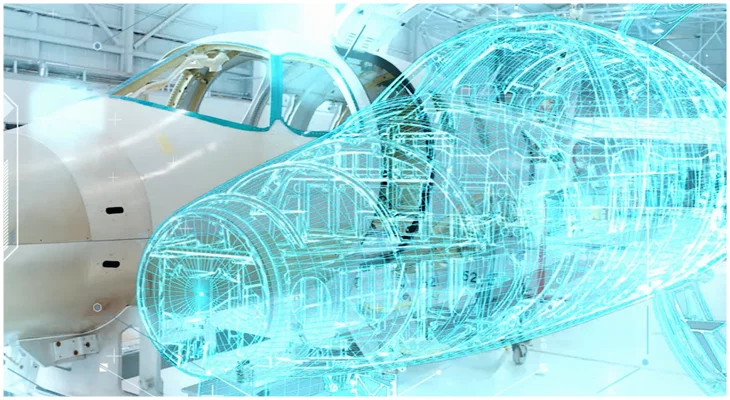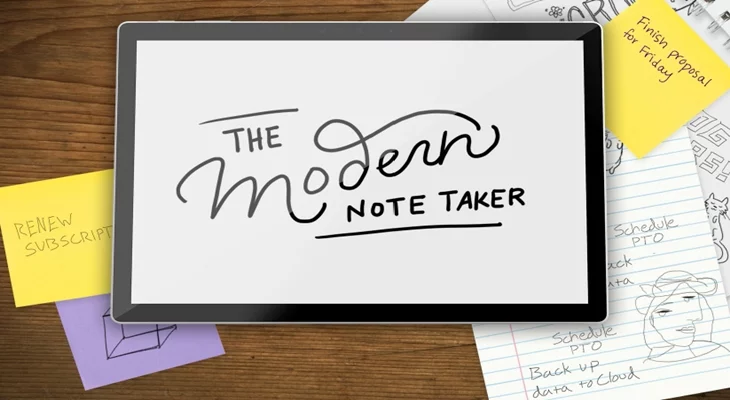What Are Digital Twins?
Digital twin help manufacturers transform by improving workplace conditions and aids in lean operations. Digital twins are virtual/digital representations of physical objects and processes. These digital representations need the support of real data. This data collected by sensors is then embedded in the physical systems. It is then processed using Artificial Intelligence algorithms. That is, these data are what allow us to reflect the genuine process visually.
Users can model behaviors and forecast how an object or process will work, among other things. Digital twins of products or processes find their place in the industrial environment. Digital product twins represent almost all of a product's physical components. This includes electronics, mechanics, and software. This virtual representation enables the simulation of various manufacturing and use scenarios. This allows its confirmation and evaluation in every way before manufacturing begins.
Digital process twins are virtual replicas of physical production lines. They include all stages of the process. If the process is actual, data collected may help replicate specific behaviors. Data and scenarios can use simulation before starting up if it is not in operation and is in the design phase.
Digital Twin Help Manufacturers Transform by Aiding Lean Operations
Digital twin technology is especially beneficial during the prototyping stage of production. This is when teams create many iterations of a product. They test which design and materials will result in the best final item. Digital twins can help to increase the time to market. They can also lower costs by streamlining the prototyping process.
Digital twin prototypes are digital projections. They allow design teams to see how various models behave in the real world. This does not sacrifice materials and production time to several iterations. The prototype can include information about the physical features, qualities, operating parameters. It can also have information on bills of materials, part numbers, and other details.
Production of products becomes considerably faster with the process using a digital prototype. Also, virtual reality simulations can help. Before creating real physical devices, it is easy to make changes to improve the designs.
Digital Twin Help Manufacturers Transform by Improving Workplace Conditions
A digital twin can simulate how the transfer of employees to other areas may affect productivity. It considers how many employees will be working at any one time. It can also calculate based on their skill levels and equipment requirements. A digital twin can balance the workflow and forecast. It can calculate which worker-equipment combinations will be the most productive.
A digital twin can also forecast failure based on various characteristics. These can be equipment age, materials used, maintenance records, and other data points. This allows personnel to focus on preventative maintenance to avoid unneeded downtime.
When equipment fails, digital twins offer virtual troubleshooting. They allow employees to study causes of failure and potential solutions. This saves the time & effort required to diagnose the problem and identify a solution. Users don't need to go over each conceivable equipment issue. The leaders can ask the help of the appropriate specialist to solve the situation. A powerful computer builds the working foundation for the digital twin. Analysis and simulations become fast. It takes just minutes rather than hours or days.
What Are The Advantages Of Using Digital Twins?
Digital twins have many advantages since they improve the behavior of processes and goods. This means they are more efficient. Following are some benefits.
- Increased equipment and manufacturing line dependability
- Reduced downtime and greater performance result in higher OEE.
- Enhanced productivity
- Reduction of risk in a variety of areas. This includes product availability, marketplace reputation, and others.
- Reduce maintenance expenses by anticipating maintenance issues before they occur.
- Production times are shorter.
- New business prospects exist in mass customization, mixed production, small-batch manufacturing, and others.
- Customers will receive better service. Customers will be able to configure customized products remotely.
- Improved product quality and greater insight into the goods' performance in a variety of real-time applications and contexts
- Supply and delivery chains become more efficient.
- Increased profits
Following Applications Of Digital Twin Help Manufacturers To Transform
Manufacturing is one of the primary industries where digital twins are transforming operations. Automotive manufacturers use digital twin technology to revolutionize the manufacturing process. Ford creates seven digital twins for each vehicle model it makes. Each twin handles a distinct component of production. This spans from design through construction and operation.
Digital models are also used in the manufacturing process, production facilities. These digital models also help for a better customer experience. The digital twin detects energy losses in their manufacturing facilities. It also pinpoints places where and how to conserve energy. It also enhances the production line performance.
Design
Digital twins help design engineers in the following ways,
To use virtual tests to prototype new ideas. Also, digital twins help simulate a variety of what-if scenarios. These scenarios can be system interfaces, product testing, and customer experience.
Digital twins help perform virtual testing. This helps to discover interference among equipment components. Digital twins help analyze ergonomics and to forecast equipment behavior in different situations.
Reduce development expenses while improving final product reliability. Data from prior equipment's digital twins also helps improve the future models.
Production
A digital twin can aid in the following ways,
To make it easier for diverse teams on the manufacturing floor to collaborate. Digital twin technologies clarify equipment specs with diverse component suppliers. This makes sure that the final design is optimized for manufacture.
The production line needs testing before applying it in the manufacturing plant. Digital twins help to test and optimize the layout, material flows, and procedures.
Digital twins also help with quality assurance. They do so by comparing final equipment with its digital twin model. This ensures that the proper design iteration gets applied across the production line.
Operation
A digital twin can assist with operations in the following ways,
After delivering the equipment to the client, the technology can remotely configure the equipment. This lowers customer support expenses. The manufacturer can collect data on performance and operating conditions following the installation. The collected data can help gain insights into the equipment's usage trends.
The technology can also help to send various over-the-air updates to the equipment. These updates optimize performance based on usage trends. Manufacturers can also offer new business models. The data gathered through the digital twin is available to end-users of the equipment for optimal use.
Maintenance
The digital twin can assist with maintenance in the following ways,
Digital twins help to track information about the operation of the equipment. In this way, the manufacturer can predict potential component failures. They can then schedule a maintenance inspection before the breakdown.
Digital twins help in making remote preventive changes to the equipment. This avoids going to the field to repair the equipment physically.
Digital twins can assist technicians in diagnosing the status of the equipment. It is useful to determine the root cause of failure via digital twin.
Digital twins can pre-diagnose the status of the equipment. Technicians can buy spare parts before visiting the location to undertake repairs.
Preventative Maintenance and Monitoring
Manufacturing teams have long gathered critical information on their equipment. This info consists of humidity, motion, vibration, and so on. This information can merge into a total perspective of a system and replete with real-time data. This is possible with IoT-connected devices and digital twins. If a problem develops for a component, teams get notified before it has the opportunity to interrupt production or become a danger.
Asset Lifecycle Management (ALM)
Manufacturers can deliver augmented reality (AR) applications to maintenance technicians. Technicians can use AR glasses to see the most recent machine models overlaid on the one in front of them. This guarantees that they always have the correct specifications when they need them.
Conclusion
Digital twins will become increasingly common as businesses learn how to use them. They would boost productivity and cut expenses. IoT implementations provide access to large data and vast digital ecosystems. This is making it easier to maintain high-fidelity digital twins. In the future, digital twin technology will be one of the most important software tools in changing product creation.
Furthermore, the digital twin is planned to give producers real-time data on components' operation. Manufacturers can use the digital twin to determine which components can be reused, recycled, or scrapped. These decisions are most important when equipment reaches its end-of-life cycle or is no longer required by the customer.
You may also like to read:
What Are Some Of The Application Of Digital Twin Technology?
7 Digital Twin Use Cases
Digital Twin In Supply Chain: How Can It Transform The Industry





